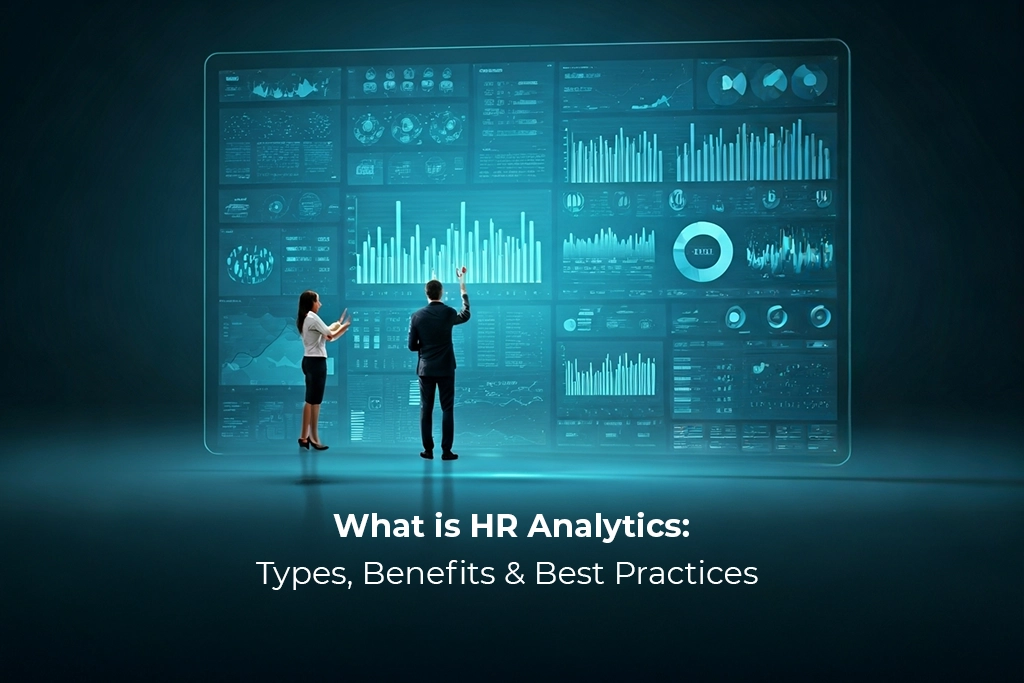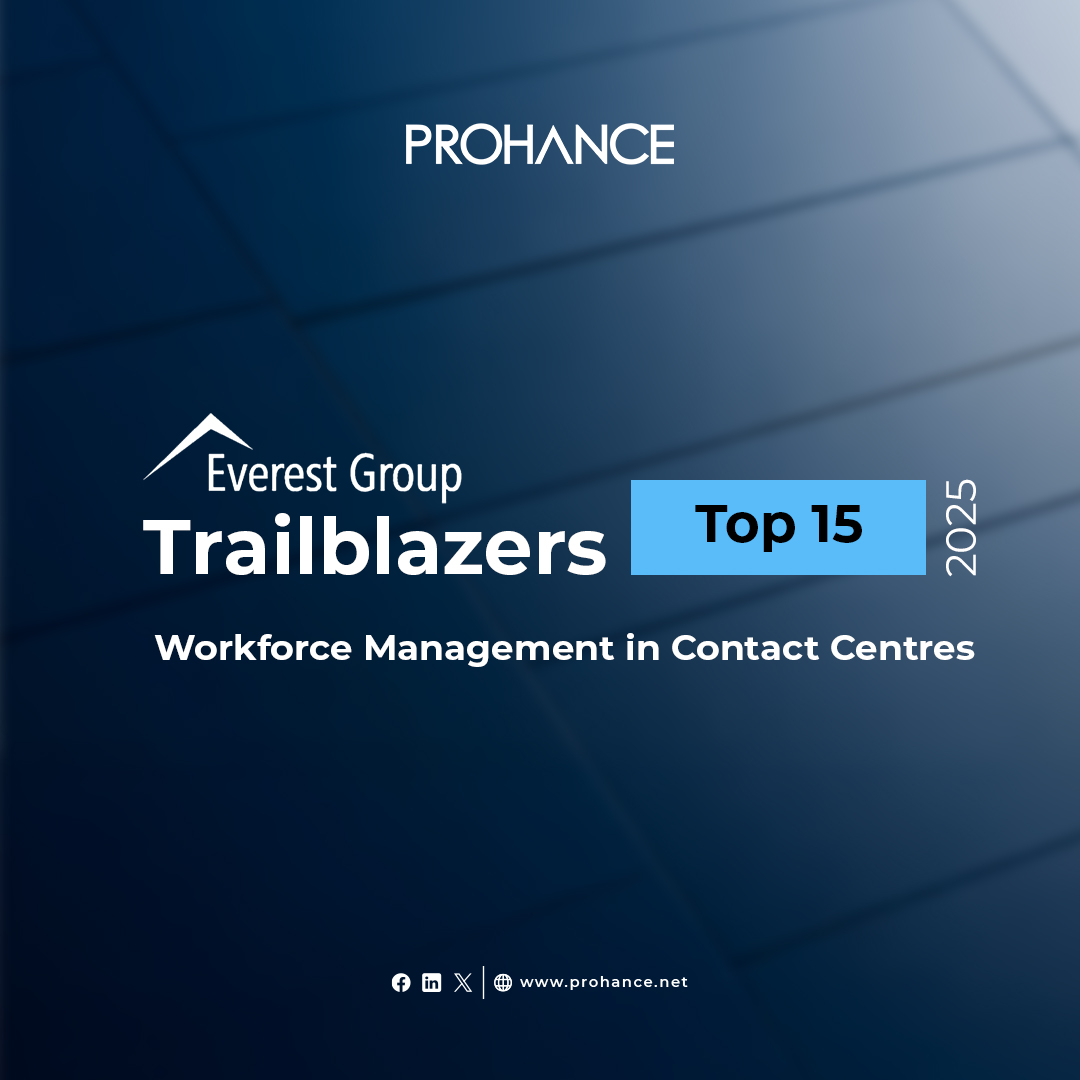What is HR Analytics? Uncovering the Types, Metrics, and Tools That Transform Workplaces
Table of Contents
Back in the day, HR departments were filing cabinets with huge paper files. Fast-forward to today and HR folks are crunching numbers like Wall Street analysts, except instead of stock prices, they’re predicting which employees might jump ship next month.
This transformation didn’t happen overnight. The data analytics market is exploding – hitting $68.09 billion in 2025 – and smart companies have figured out that their employee data is sitting on a goldmine of insights.
But what does this actually mean for businesses trying to stay competitive?
What is HR Analytics? More Than Just Fancy Spreadsheets
HR analytics transforms employee information into actionable intelligence. While traditional HR might count how many people quit last quarter, modern analytics predicts who’s thinking about leaving next quarter. That shift from reactive to proactive thinking is changing everything about how businesses manage their people.
HR analysis gives leaders something they’ve never had before: the ability to see around corners. When someone proposes a new training program or wants to restructure compensation, HR teams can pull up concrete data showing what actually works versus what sounds good in theory.
Organizations embracing comprehensive HR analytics programs are crushing their competition – 82% higher revenue growth over three years compared to companies still relying on gut feelings and annual surveys.
Different Types of HR Analytics: From Simple Reports to Mind Reading
There are four major types of HR Analytics and each type serves different purposes and requires different levels of sophistication. These include:
- Descriptive Analytics
- Diagnostic Analytics
- Predictive Analytics
- Prescriptive Analytics
Descriptive Analytics: The Starting Point
While descriptive analytics won’t predict the future, it establishes the baseline understanding that makes everything else possible. Those monthly reports showing turnover percentages or average hiring times? That’s descriptive analytics in action.
This level focuses on historical data to paint a picture of what happened. Think attendance patterns, training completion rates, or performance score distributions.
Diagnostic Analytics: Detective Work
Diagnostic analytics digs into the “why” behind the numbers, connecting dots that might not be obvious at first glance.
Maybe turnover spikes in certain departments, or perhaps candidates from specific job boards perform better than others. Diagnostic analytics reveals these relationships, often uncovering surprising insights that challenge conventional wisdom. These revelations can completely flip how businesses think about workforce strategies.
Predictive Analytics: The Crystal Ball Effect
Predictive analytics uses historical patterns and statistical models to forecast future outcomes.
Advanced systems can identify employees likely to quit in the next six months, predict which job candidates will succeed, or forecast hiring needs based on business growth projections. Some sophisticated platforms even predict optimal team compositions based on personality profiles and collaboration history.
Prescriptive Analytics: The Strategic Advisor
The most advanced level recommends specific actions for achieving desired outcomes. Prescriptive analytics combines prediction with optimization to suggest concrete steps.
For example, if the system predicts a valuable employee might leave, prescriptive analytics could recommend specific retention strategies based on that person’s career goals and past responses to different incentives.
Essential HR Metrics That Companies Should Track
The best HR metrics to track vary by organization, but certain measurements provide universal value.
Turnover and Retention: The Expensive Reality
When talented people walk out the door, they take institutional knowledge, client relationships, and future potential with them. Current annual turnover rates in the US hover around 18%. The real shock comes from turnover costs. Replacing an employee typically runs between 90% and 200% of their annual salary. For executive positions, that number jumps to 213% of yearly compensation.
Smart organizations distinguish between voluntary and involuntary departures, regrettable versus non-regrettable turnover, and timing patterns.
Employee Engagement: The Performance Predictor
Modern organizations use pulse surveys, continuous feedback mechanisms, and real-time sentiment analysis to keep their finger on the workforce pulse. Employee Net Promoter Score (NPS) is a straightforward way to measure workplace satisfaction. With eNPS, companies get insight into employee advocacy and potential recruitment challenges.
Engagement scores correlate strongly with business outcomes. Teams with highly engaged employees show 23% higher profitability, 18% higher productivity, and 12% better customer metrics compared to less engaged groups.
Performance and Productivity: Beyond Annual Reviews
Instead of waiting for yearly evaluations, progressive organizations track goal achievement, project completion times, and quality metrics continuously.
Revenue per employee provides a high-level productivity snapshot, but the most valuable insights come from role-specific metrics. Customer service teams might focus on resolution times and satisfaction scores, while software developers track code quality and feature delivery rates.
Learning and Development: The Skills Reality Check
Here’s a wake-up call: 64% of direct managers, 67% of new hires, and 61% of individual contributors currently operate at average or below-average skill levels. That represents massive room for improvement across organizational levels.
Learning and development metrics help determine whether training investments actually pay off. Critical measurements include:
- Skill assessment improvements
- Time-to-competency for new positions
- Internal promotion rates
- Correlations between training completion and performance gains
ProHance: Comprehensive HR Analytics Solutions
ProHance delivers an integrated suite of modules supporting comprehensive HR analytics across all organizational functions and levels.
| ProHance Module | HR Analytics Capabilities |
| Workforce Analytics | Monitors real-time productivity patterns, benchmarks performance across teams, and analyzes resource utilization to optimize workforce efficiency while identifying improvement opportunities |
| Employee Monitoring | Delivers detailed activity insights and behavioral analytics for understanding productivity patterns, identifying training needs, and supporting performance optimization efforts |
| Time & Attendance | Provides comprehensive attendance analytics, overtime pattern analysis, and schedule optimization insights for improved workforce planning and cost management |
| Performance Management | Facilitates goal tracking, performance trend analysis, and competency assessments to drive individual growth and team success through data-driven insights |
| Resource Planning | Enables capacity planning, skill gap identification, and demand forecasting to support strategic workforce decisions and proactive talent management |
| Dashboard & Reporting | Offers customizable dashboards with real-time insights, automated reporting capabilities, and executive-level summaries. |
Wrapping Up
For HR professionals ready to make this leap, the journey starts with a single step: looking at workforce challenges through the lens of data and asking “What story are these numbers telling us?” The answers might surprise you, and they’ll definitely change how you think about managing people in the modern workplace.
FAQs
How long before organizations typically see meaningful results from HR analytics initiatives?
Basic insights usually surface within 3-6 months of implementation, but substantial business impact typically becomes apparent after 12-18 months.
Can smaller organizations with tight budgets still benefit from HR analytics?
Definitely. Small organizations can begin with basic analytics using existing data and affordable tools. Focus on a few critical metrics initially and expand capabilities as resources and expertise develop.
How do organizations balance employee privacy concerns with workforce insight needs?
Successful organizations:
- implement transparent data collection practices,
- obtain appropriate employee consent,
- anonymize data wherever feasible, and
- maintain strict privacy regulation compliance.






